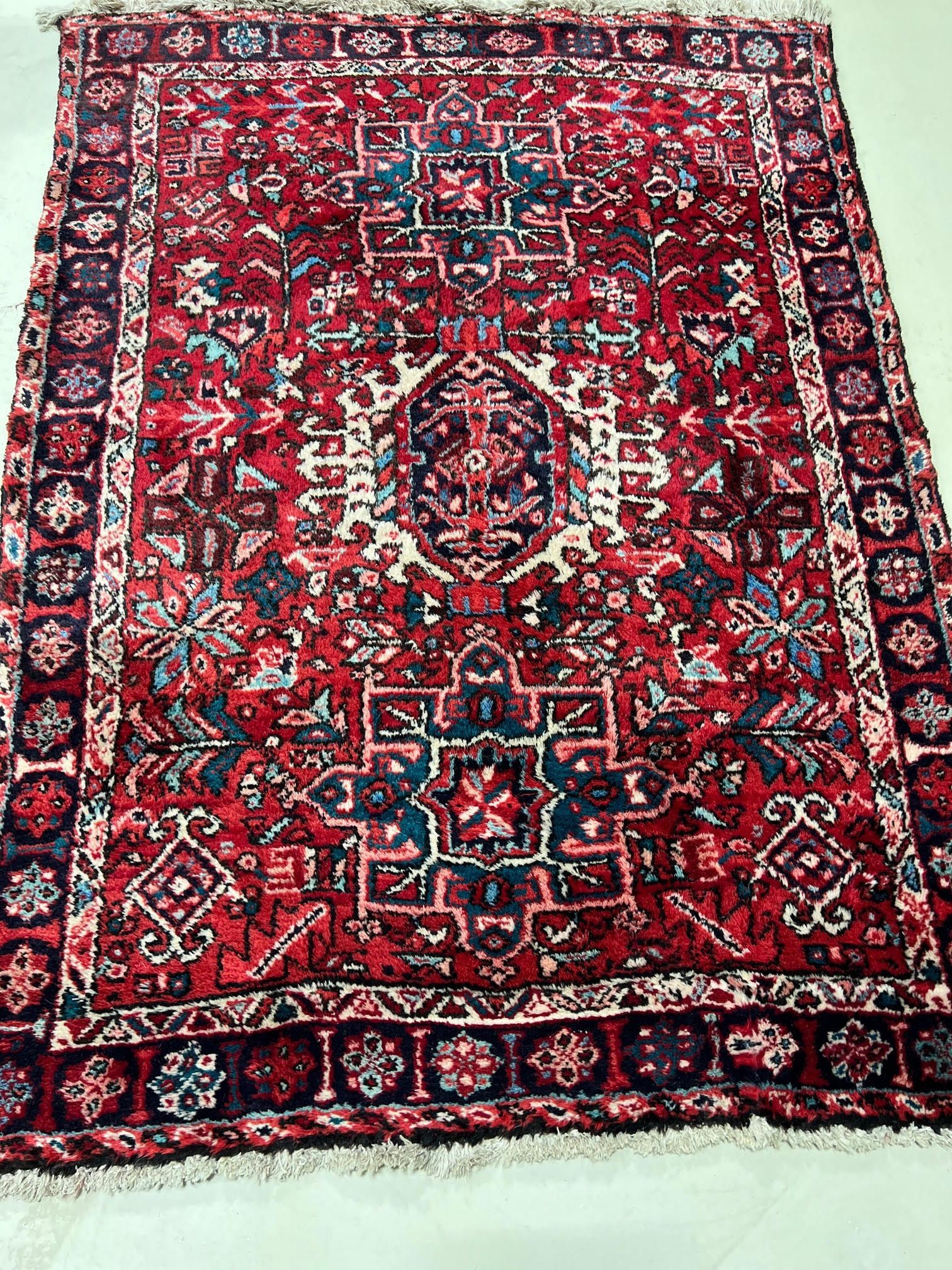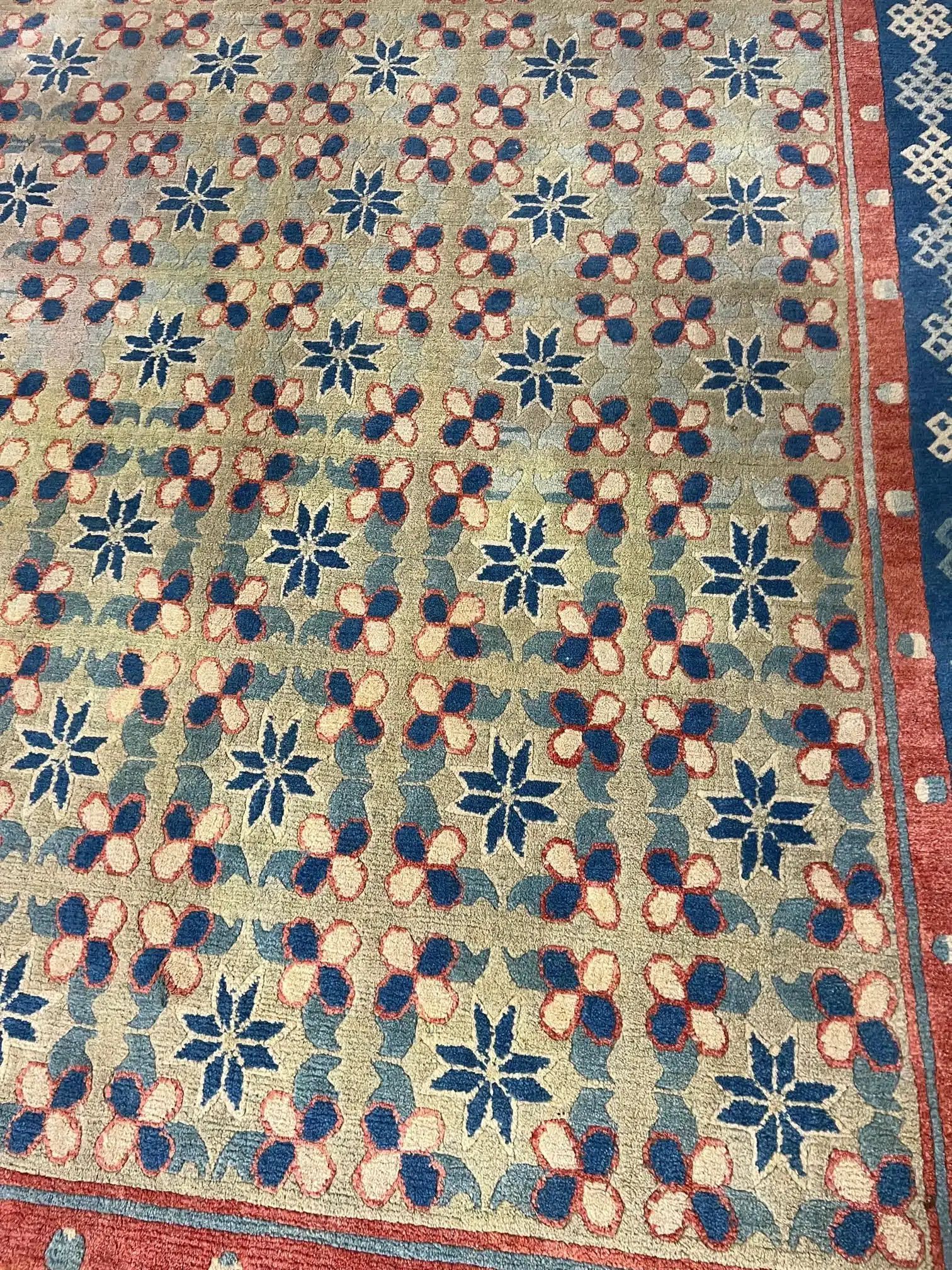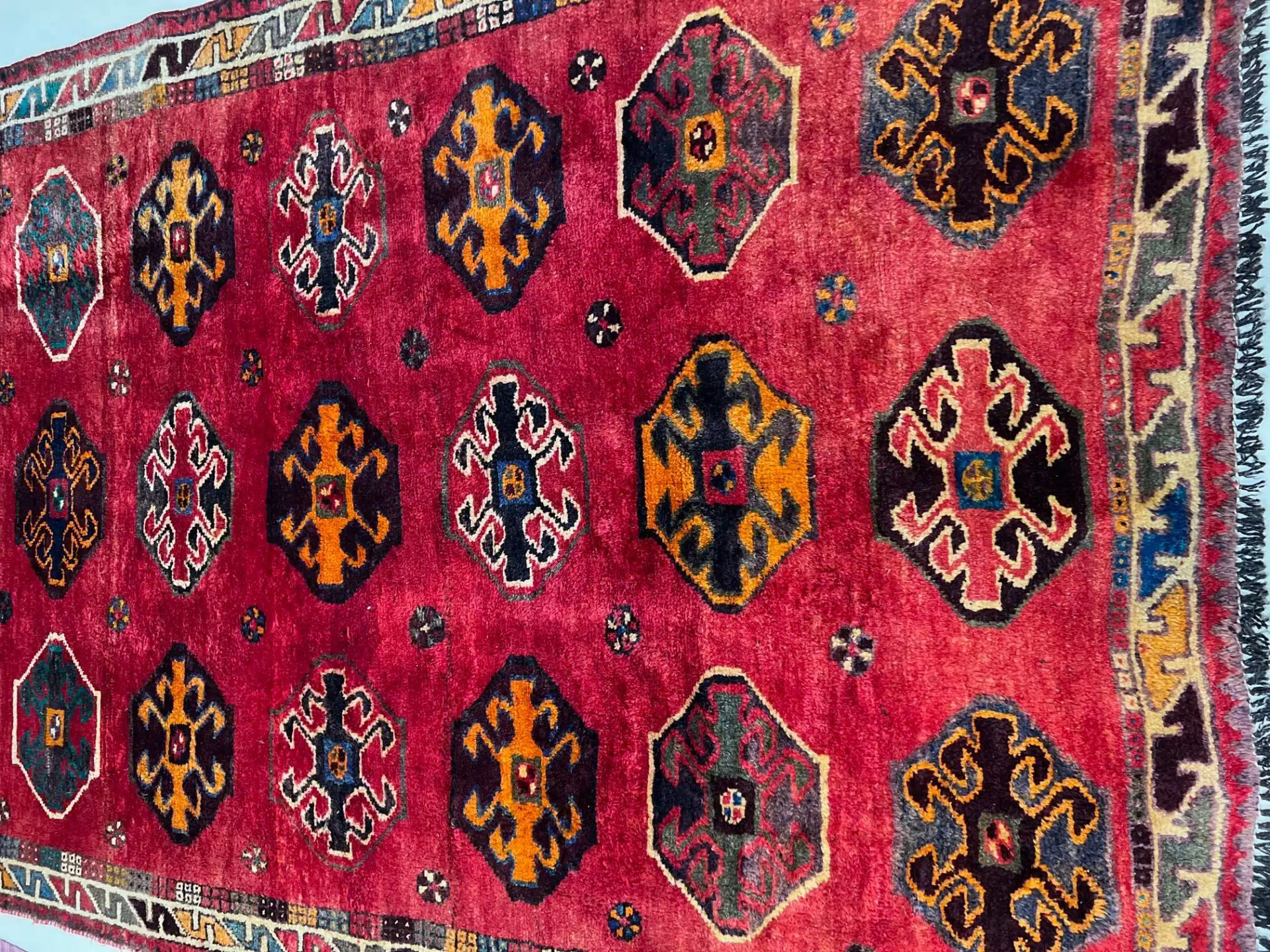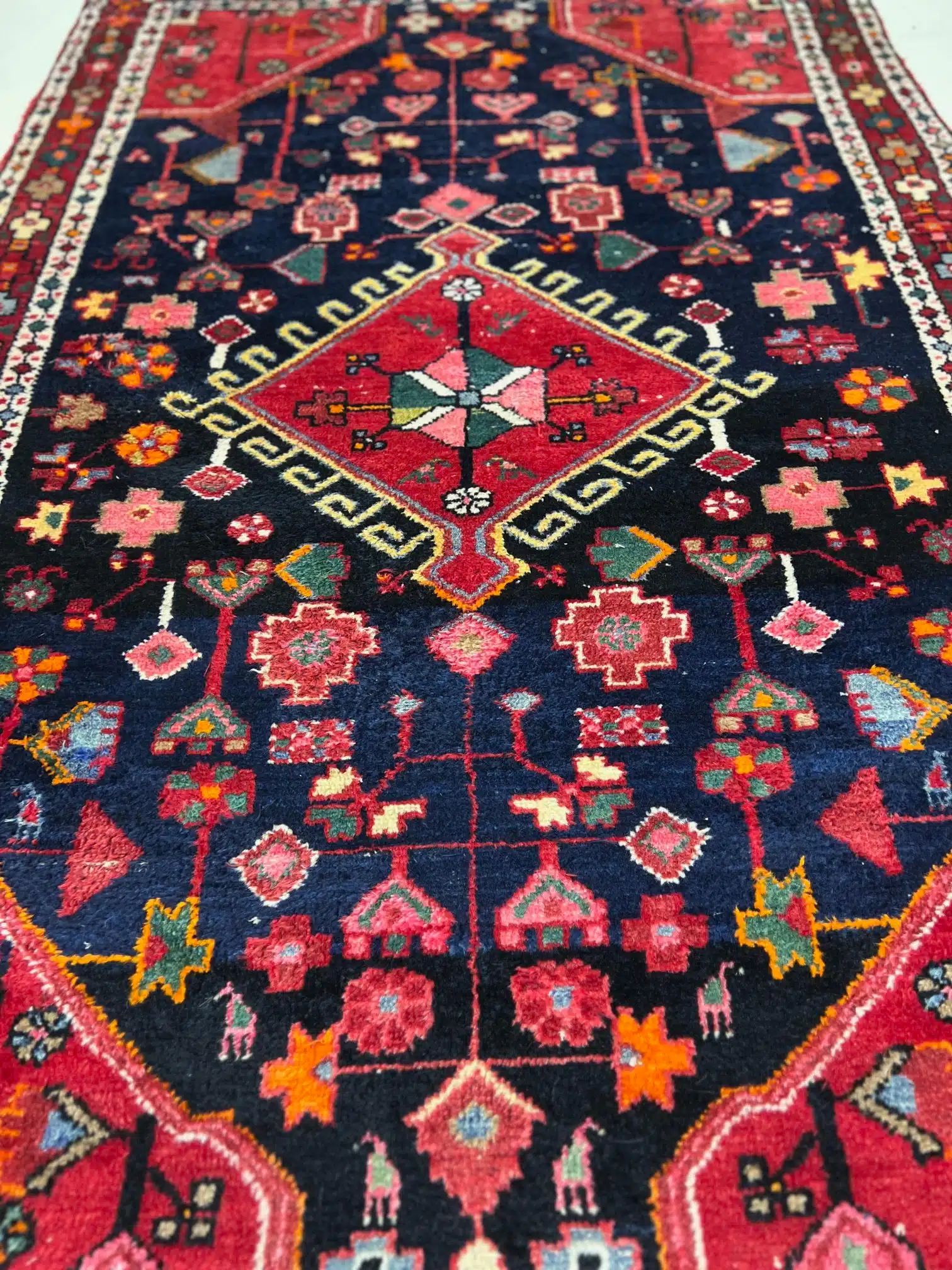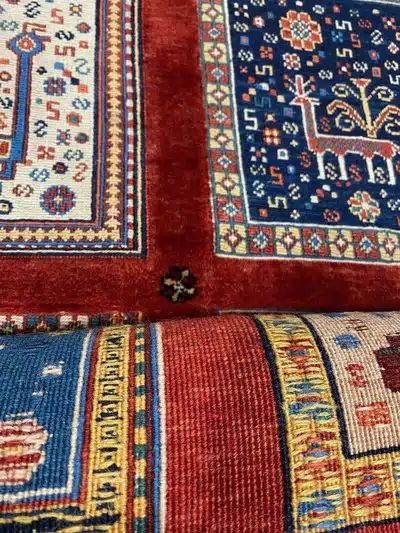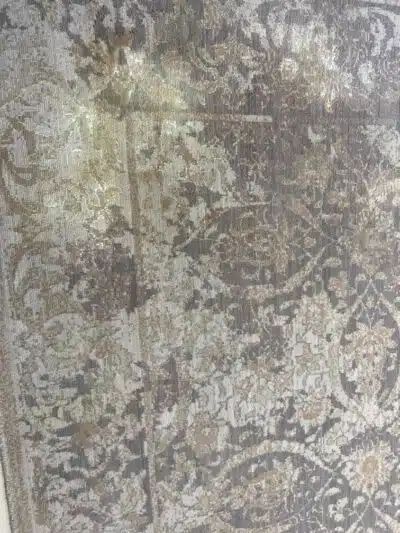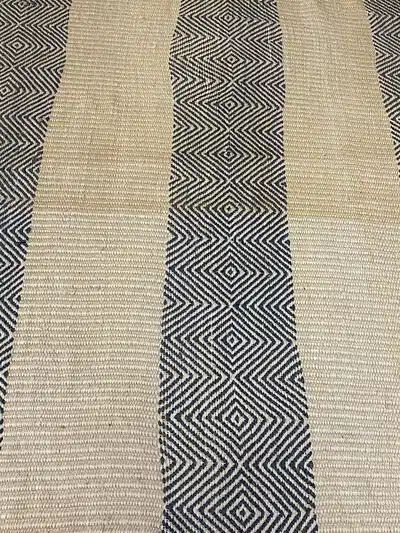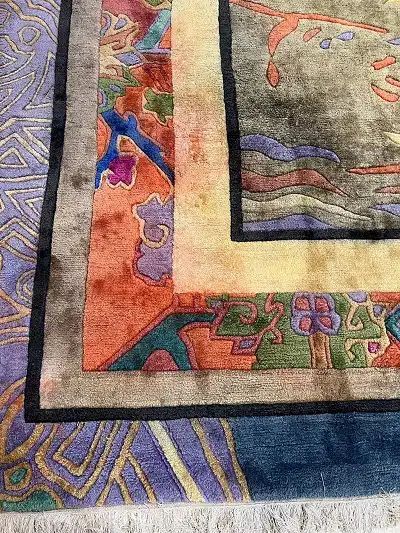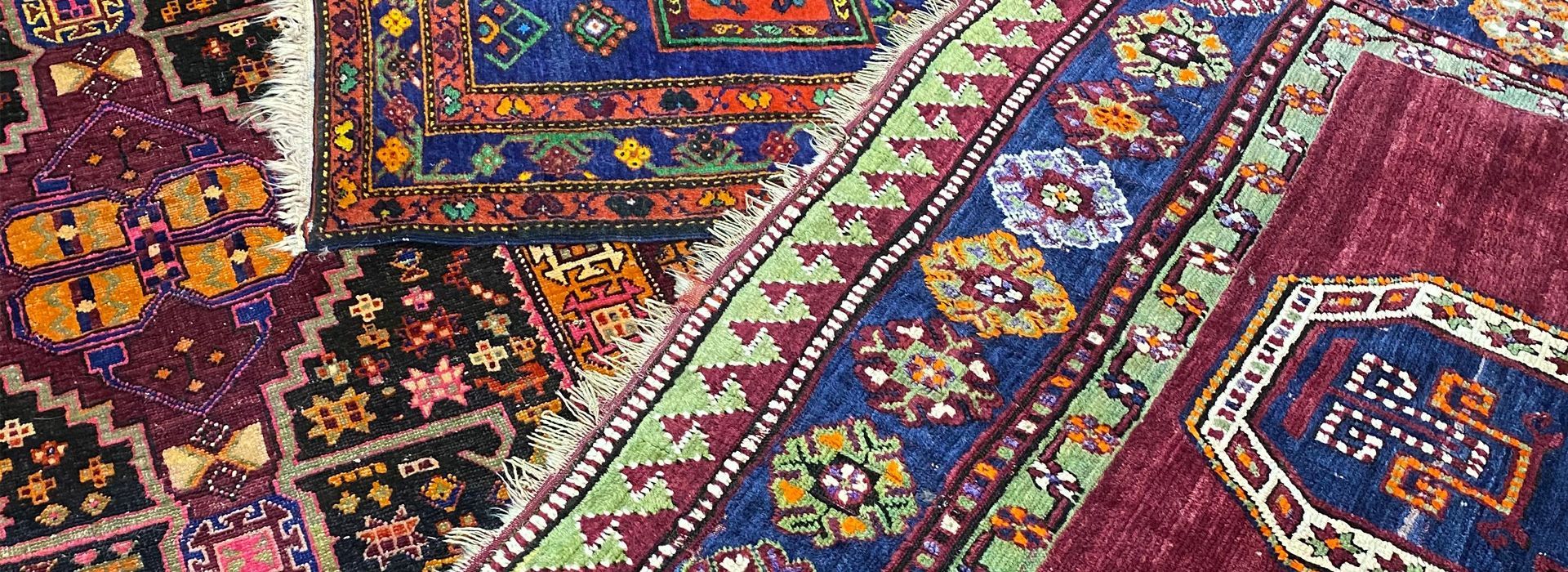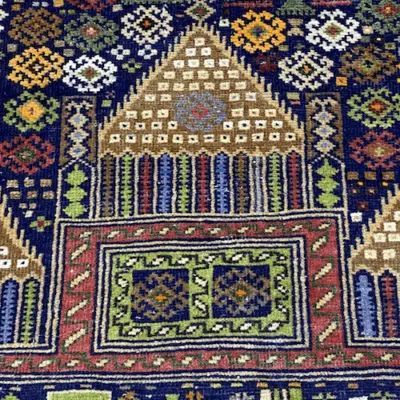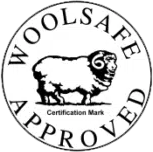All About Rug Fringe
What is Fringe on a Rug?
Like the 80’s, some people love fringe, while others can’t stand the sight of it. On some rugs, the fringe is short, so it’s not really a bother. On others, however, it’s long and leaves some rug owners looking for the scissors in frustration, only to later discover the costly mistake they’ve made.
On hand-woven Persian, Oriental, and other types of rugs, the fringe is a structural component comprising the rugs’ warps. If you’re unfamiliar with warps, they are the strands of silk, wool or cotton yarns that knots are tied around to construct the rug. This means every single fringe tassel strand, which is usually cotton, runs the length of the rug all the way through to the opposite end. It is literally the skeleton of the rug.
Genuine Rug Fringe
In short, genuine hand-woven Persian or Oriental rugs do not have sewn-on fringes. Instead, their fringes are the end of warp yarns, making them key structural components of the rug.
If you see sewn-on fringes when examining the back of a “Persian” or “Oriental” rug, then chances are it’s not genuine.
The post All About Rug Fringe appeared first on The Austin Rug Cleaner.
